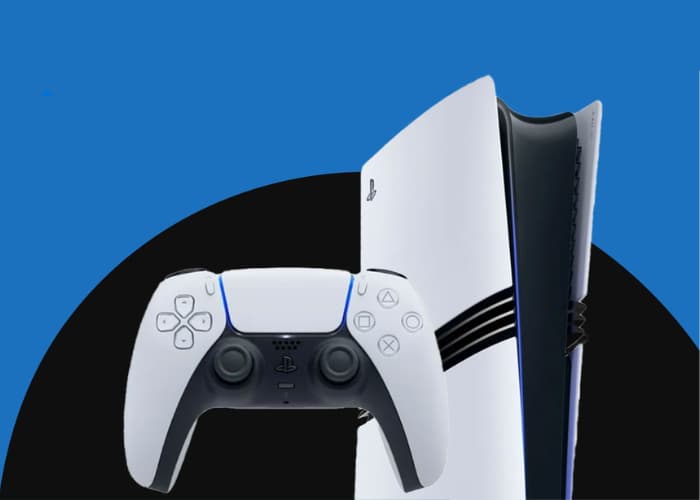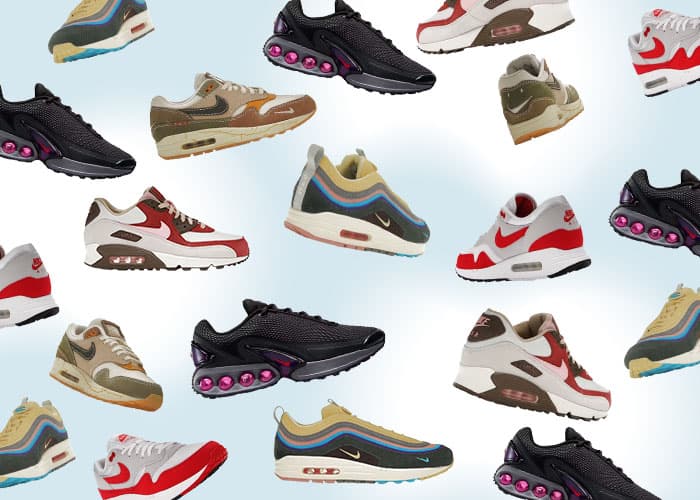
Per come lo conosciamo oggi, Moncler rappresenta uno dei brand di lusso per eccellenza. Eleganza, qualità dei materiali e coolness in un unico marchio, in grado di essere riconosciuto al solo sguardo. L’acquisto nel 2020 di Stone Island, per oltre 1 miliardo di euro, ha rappresentato uno dei momenti chiave nell’ultimo decennio e la definitiva consacrazione di Moncler nel mondo del lusso moderno. Ma questa è solo l’ultima delle mosse vincenti del brand guidato da Remo Ruffini per scalare la montagna.
As we know it today, Moncler represents one of the luxury brands par excellence. With its elegance, quality of materials, and coolness in a single brand, it is instantly recognisable. The purchase of Stone Island in 2020, for just under £1bn represents one of the key moments in the last decade and the definitive consecration of Moncler in the world of modern luxury. But this is only the latest winning move of the brand led by Remo Ruffini to climb the mountain.

The acquisition of the Modena brand came in a completely unexpected manner, a sign of the meticulous under-the-radar work carried out by both parties in past months. Rivetti’s embrace of the Moncler project has hinted at the great ambitions of the French brand. But before reaching this historic agreement, and the collaborations with Inter and Palm Angels and the “Genius” project, Moncler went through dark moments in which it risked disappearing from the radar.
A Short History of Moncler
The name of the brand, created in 1952 by the alpinist René Ramillon and his friend Andrè Vincent, is the result of the abbreviation of Monestier de Clermont, a mountain village near Grenoble that the two frequented often. There was one objective: to produce quilted sleeping bags, a single model of coats with a lined hood and tents with a telescopic structure and outer fabric.
Soon, Ramillion’s focus moved to creating down jackets to be worn over work uniforms, conceived to protect workers in the small mountain factory from the cold. This idea was closely tied to the needs of their own country, where they lived with low winter temperatures. The first success came with the collection for the mountaineer Lionel Terray, fascinated by Moncler’s passion for mountain sports.

Photo via Elle Decor
In 1954, the company released “Moncler pour Lionel Terray,” a collection designed to withstand extreme conditions, which included quilted jackets, overalls, gloves, and heavy-duty sleeping bags.
That same year, the Italian expedition in charge of climbing K2, made up of Achille Compagnoni and Lino Lacedelli, wore the Moncler down jackets to complete their historic mission. In just two years of life, Ramillon had already made his creation legendary.
In the 1980s, Moncler began to orient itself towards a style that would embrace a wider target audience than mountaineers and skiers. Moncler was ahead of its time, it had already understood one of the principles of long-term survival: to diversify the business.
In the years of “Milano da bere”, the “Paninari” phenomenon began to expand; young men from the Milanese upper class who wore expensive outfits and would frequent sandwich bars as a meeting place.

“In the mid-1980s, at the height of the Paninari boom, Moncler sold around 40,000 pieces worldwide,” Remo Ruffini told the New York Times in 2008. “Of these, 30,000 were in the Milan area. ”
Moncler’s success with its glossy lacquered down jacket continued with the work of designer Chantal Thomass who revolutionised the brand’s style, replacing zippers with buttons and introducing fur, satin, and reversible fabric linings for the down jackets.
After twenty years of strong expansion, Moncler was preparing to face the hardest moment in its history with the risk of bankruptcy and the consequent entry of Remo Ruffini, the saviour of the country.
Rebuilding Moncler with Ruffini
The ’90s marked a turning point, the effects of which can still be seen: new luxury was on the street, rappers were the new trendsetters and Moncler was unable to reinvent itself. Casual clothing was the true desire of the time and they needed someone to bring a new perspective to the brand.
Since 2003, Moncler passed into the steadfast hands of Ruffini and became what we know today, that is, an indisputable colossus of refinement, innovation, youthfulness, and a commercial masterpiece.
“My initial idea was to start from Moncler’s roots, to remind everyone of its history, its French origins, the moments of glory between the Grenoble Olympics and the Alpine conquests. But, at the same time, I wanted to create something ‘global’. My dream was that one day, in everyday language, we would say ‘Moncler’ to express the term ‘down jacket’, just like we say Bic for a ballpoint pen” Ruffini said in a recent interview.
Ruffini took Moncler public in 2013 with a valuation of $5 billion. It was only the beginning of the ascent. As reported by Statista, revenues grew from $800 million in 2013 to $1.43 billion in 2017. Profits did even better, rising from $104.6 million to $299 million.

The entrepreneurial plan set by Ruffini was clear right from the start: to make Moncler an inspirational artistic hub without a single creative guide. All this then merged into the revolutionary “Genius” project in 2018. With the contribution of eight of the most important modern creatives: Pierpaolo Piccioli, Karl Templer, Sandro Mandrino, Simone Rocha, Craig Green, Kei Ninomiya, Hiroshi Fujiwara and Francesco Ragazzi; Moncler had set a new course for the future.
Detaching himself from fashion week schedules, with Genius everything started over with drops and monthly campaigns. Ruffini’s intuition begins with the need to make Moncler a digital, omnichannel brand for young people. By studying the market, Ruffini understood the speed with which content is consumed and the desire to have new things daily.
This was not an entirely unusual move for Moncler, having previously collaborated with the likes of Pharrell Williams, Sacai’s Chitose Abe, Greg Lauren and Virgil Abloh for unique collections, and Thom Browne with the Moncler Gamme Bleu label for nearly a decade. With Genius, Ruffini wanted to channel the best from several successful designers into one seamless project.
The vision of Pierpaolo Piccioli, the creative director of Valentino, was one of the most successful in transforming down jackets into runway garments. Simone Rocha’s vision expressed a historical sensibility that recalled the Victorian era, that of an elegant and whimsical woman.
Rei Kawakubo’s student Kei Ninomyia was able to demonstrate his talent by revisiting Moncler from a dark and geometric perspective, as Japanese tradition requires with “protégé”. While, the creativity of Francesco Ragazzi, founder of Palm Angels, was evident with colourful logos and graphics strictly linked to the modern streetwear world.
The birth of Genius was perfect for its time. Consequently, by bringing these important personalities under one umbrella, Moncler was able to benefit from the different artistic backgrounds, but with the sole purpose of adding value to the brand.

One of the most successful collections is certainly that of Hiroshi Fujiwara, founder of Fragment, who rethought Moncler’s historical garments from a streetwear perspective. Technicality and the avant-garde came together to relaunch Moncler with different touches of genius.
Since 2018 the Genius project has evolved every year with events, new designers and presentations. Ruffini has created a true parallel ecosystem in which the most disparate creative minds of the fashion universe can coexist and express their creativity without any constraints. This is precisely the innovation of Genius: the creation of a space with absolute freedom for the individual that leads to greater value for the collective, in this case Moncler.
During Milan Fashion Week, Moncler wanted to attract attention for the 2020 edition of Genius. The past quiet years seem to have charged the brand with energy, making it eager to demonstrate its potential to everyone. One of the revolutions of Genius was to bring forgotten lines back to life, such as Grenoble, born in 2010 from the desire to create technical garments that combined Moncler’s coolness and functionality for colder environments. And it was precisely for Grenoble that they thought of the best set design to present it, that is, acrobats in total white walking on the walls of the set.
Watching Moncler is becoming more and more of an experience best viewed in 360 degrees. In fact, last September the brand presented its latest innovative project: MONDOGENIUS. Through the digitisation and gamification of its shows, Moncler launched a platform where from the comfort of home, it was possible to view the new collections presented in the city: Shanghai, Milan, Tokyo, New York, Seoul. Something never-before-seen that fully met expectations: the event reached 2.3 billion users and obtained more than 299 million views on the main platforms in the world.
Moncler Presents Modern Genuis

Faced with investments that have the intent, in addition to economic success, of wanting to unite cultures from all over the world to create a unique community, one can only admire and learn for the future.
“Today it is not just about products, but even more about our communities and the culture we want to form together. The world is changing, and people don’t want the same things as before. They ask and expect more from brands. I truly believe in the power to connect communities around creative experiences and visions. This is the principle that guided the creation of Moncler Genius for 2021 “, Ruffini’s words on MONDOGENIUS.
Omnichannel is one of the trends that will determine the survival of companies across the world that are eager to satisfy phygital consumers and allow them to buy at anytime, anywhere and with any device. Moncler has followed this concept well, placing the customer experience first. In 2020, it internalised its e-commerce platform through “Digital, Engagement and Transformation” with the aim of making the customer experience integrated across all channels. These are perspectives that, for the moment, have proved their success and are only at the beginning.

The collaboration with Alicia Keys for “Moncler Select” is another important step towards the digitalisation of the brand. The artist, through selected garments, recounts her moments of daily life in the city of New York, which are frenetic and splendid at the same time.
Through ‘A Day in NYC’ users are practically inside the city and able to discover and buy clothes and accessories that are chosen by the artist personally, with her new album in streaming in the background.
Finally, Moncler has collaborated with G-Shock by expanding the range of offerings in the Genius project and became the Official Formal Wear Partner for Inter Milan for the next three years. Without a doubt, Moncler has taken the reins of the luxury market and is about to experience a rosy future.























